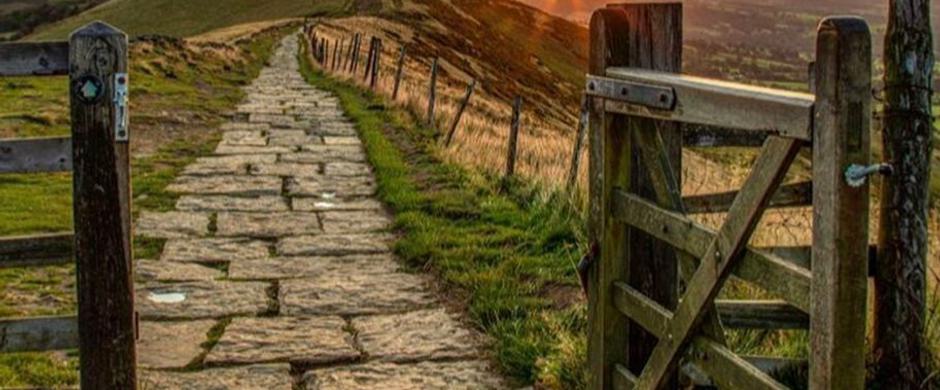
Trails
Derby Heritage Walk
Discover the southern gateway to the Derwent Valley Milld World Heritage Site.
About
Trail directions
From the City Road car park it is only a few paces, over the flood defence wall, to the River Derwent. As you cross the bridge, look upstream towards Darley Park and the boathouses, before turning left down a short flight of steps to the river bank or follow the more accessible surfaced path round to the right to pass under the bridge.
Proceed along the footpath towards Derby, which follows the route of a spur branch of the railway, and fork right towards the 12 storey Rivermead House. Keep the entrance on your right, then turn right and look for a steep cobbled street. At the bottom is St. Alkmund’s Well, dedicated to a Saxon saint. You can either retrace your steps and continue along the riverside path past the Furnace Inn to St Mary’s Bridge where you will find an interpretation board, or to view St. Helen’s House, one time home of William Strutt, walk up Well Street, which is steep and cobbled. At the top, turn left along North Parade.
Walk on until the way ahead is blocked by the Inner Ring Road. Turn right and pass St. Mary’s Catholic Church, designed by Augustus Pugin and opened in 1839. Walk along Bridge Gate, passing an early 18th century building, once used as a convent, until you reach a main road. Here you will find Grade 1 listed St. Helen’s House.
Retrace your steps but this time, follow the path running downhill alongside the ring road to the river. At the bottom, you’ll see the 16th century tower of Derby Cathedral to the right. Turn left onto Sowter Road and when you reach the flood gates, cross the road to the bridge. The Museum of Making in the Silk Mill can be visited from here.
Route Continued: Cross over the bridge and turn left past the former Waterside Public House. Cross City Road and continue along Mansfield Road. On your right are buildings which were once part of St. Mary’s Railway Goods Wharf, serving the Midland Railway. Pass The Duke of Clarence to St. Paul’s Church (1850) and Chester Green. Pause to admire its setting and the architecture of the houses on St. Paul’s Road along the edge of the Chester Green.
From here you can walk along St. Paul’s Road in front of the houses to the facade of Sir Alfred Seale Haslam’s Union Foundry and the associated building opposite. Walk past the façade turn back into the City Car Park
Alternatively, to view the Roman site of Derventio, from St. Paul’s Church follow the path through the Green with Haslam’s Union Foundry in the distance on your left. At the far side you should be able to see a large Interpretation Board relating the history of the Green.
Turn left along Chester Green Road and right into Marcus Street. At the end of Marcus Street you will find a Roman well and base stones of a timber framed Roman building, with an interpretation board. Just before reaching the well, a footpath to your left follows the line of the former Great Northern Railway back to the start.
Sign up to our newsletter
Receive the latest news, special offers, ideas and inspiration straight to your inbox by signing up to the Visit Peak District & Derbyshire e-newsletter.
